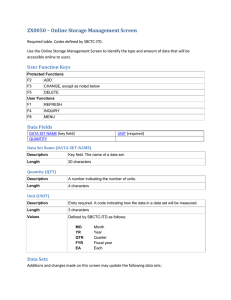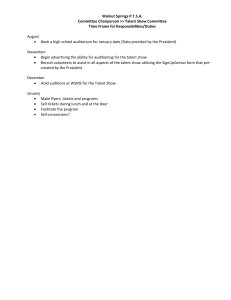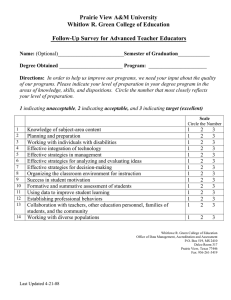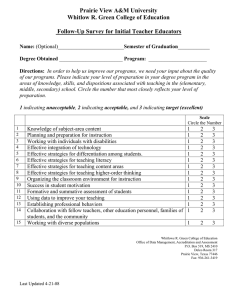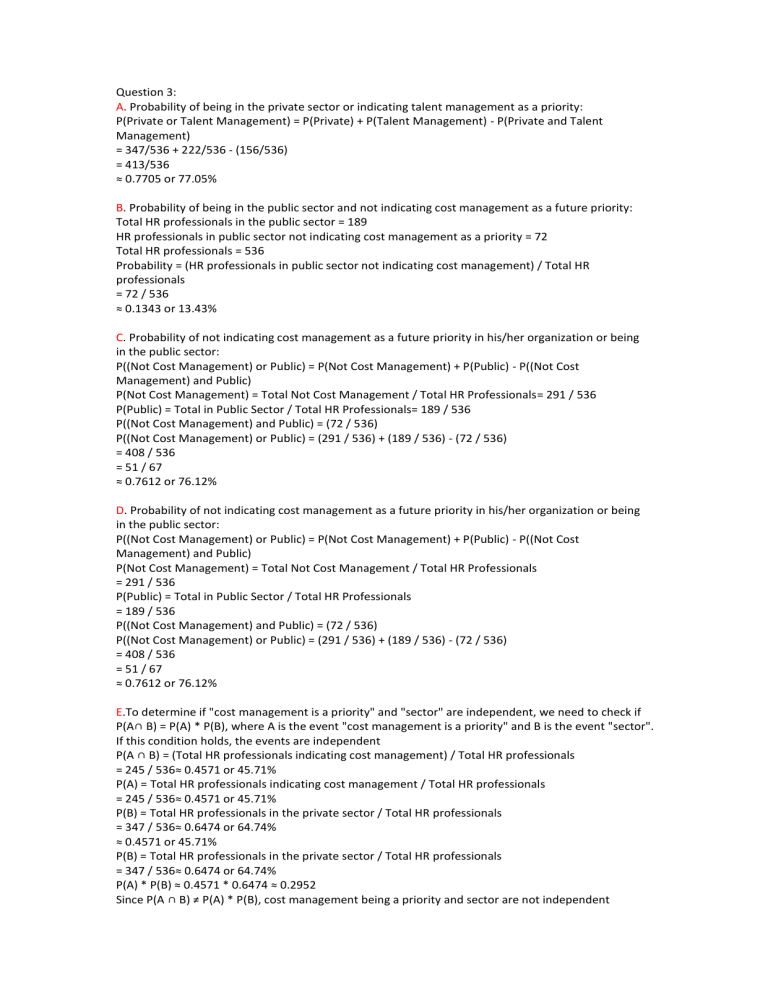
Question 3: A. Probability of being in the private sector or indicating talent management as a priority: P(Private or Talent Management) = P(Private) + P(Talent Management) - P(Private and Talent Management) = 347/536 + 222/536 - (156/536) = 413/536 ≈ 0.7705 or 77.05% B. Probability of being in the public sector and not indicating cost management as a future priority: Total HR professionals in the public sector = 189 HR professionals in public sector not indicating cost management as a priority = 72 Total HR professionals = 536 Probability = (HR professionals in public sector not indicating cost management) / Total HR professionals = 72 / 536 ≈ 0.1343 or 13.43% C. Probability of not indicating cost management as a future priority in his/her organization or being in the public sector: P((Not Cost Management) or Public) = P(Not Cost Management) + P(Public) - P((Not Cost Management) and Public) P(Not Cost Management) = Total Not Cost Management / Total HR Professionals= 291 / 536 P(Public) = Total in Public Sector / Total HR Professionals= 189 / 536 P((Not Cost Management) and Public) = (72 / 536) P((Not Cost Management) or Public) = (291 / 536) + (189 / 536) - (72 / 536) = 408 / 536 = 51 / 67 ≈ 0.7612 or 76.12% D. Probability of not indicating cost management as a future priority in his/her organization or being in the public sector: P((Not Cost Management) or Public) = P(Not Cost Management) + P(Public) - P((Not Cost Management) and Public) P(Not Cost Management) = Total Not Cost Management / Total HR Professionals = 291 / 536 P(Public) = Total in Public Sector / Total HR Professionals = 189 / 536 P((Not Cost Management) and Public) = (72 / 536) P((Not Cost Management) or Public) = (291 / 536) + (189 / 536) - (72 / 536) = 408 / 536 = 51 / 67 ≈ 0.7612 or 76.12% E.To determine if "cost management is a priority" and "sector" are independent, we need to check if P(A∩ B) = P(A) * P(B), where A is the event "cost management is a priority" and B is the event "sector". If this condition holds, the events are independent P(A ∩ B) = (Total HR professionals indicating cost management) / Total HR professionals = 245 / 536≈ 0.4571 or 45.71% P(A) = Total HR professionals indicating cost management / Total HR professionals = 245 / 536≈ 0.4571 or 45.71% P(B) = Total HR professionals in the private sector / Total HR professionals = 347 / 536≈ 0.6474 or 64.74% ≈ 0.4571 or 45.71% P(B) = Total HR professionals in the private sector / Total HR professionals = 347 / 536≈ 0.6474 or 64.74% P(A) * P(B) ≈ 0.4571 * 0.6474 ≈ 0.2952 Since P(A ∩ B) ≠ P(A) * P(B), cost management being a priority and sector are not independent F. To determine if "talent management is a priority" and "sector" are independent, we need to check if P(C ∩ D) = P(C) * P(D), where C is the event "talent management is a priority" and D is the event "sector". If this condition holds, the events are independent. P(C ∩ D) = (Total HR professionals indicating talent management) / Total HR professionals = 222 / 536≈ 0.4142 or 41.42% P(C) = Total HR professionals indicating talent management / Total HR professionals = 222 / 536≈ 0.4142 or 41.42% P(D) = Total HR professionals in the private sector / Total HR professionals = 347 / 536≈ 0.6474 or 64.74% P(C) * P(D) ≈ 0.4142 * 0.6474 ≈ 0.2680 Since P(C ∩ D) ≠ P(C) * P(D), talent management being a priority and sector are not independent.
